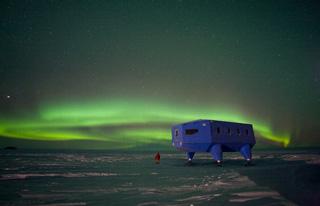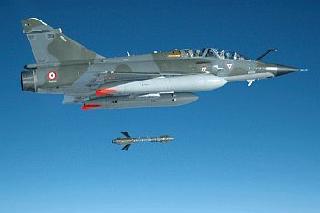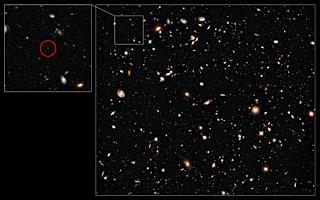
The 'aurora australis' (known as the southern lights) seen in Antarctica. The 'aurora australis' look like fiery, moving curtains of colourful light and can be seen by the naked eye whereas the diffuse aurora is much fainter (viewed via satellite), but is more extensive. Photo: British Antarctic Survey (BAS).
CAMBRIDGE, UNITED KINGDOM (BNS): New space research, published on Thursday in the journal Nature, has solved years of scientific debate about a puzzling aspect of space weather.
Scientists from the University of California (UCLA) and British Antarctic Survey (BAS) have found the final link between electrons trapped in space and the glow of light from the upper atmosphere known as the diffuse aurora.
The research will help understand 'space weather', with benefits for the satellite, power grid and aviation industries, and how space storms affect the Earth’s atmosphere from the top down, according to a news report by the British Antarctic Survey.
"The breakthrough came when we realised that the electrons being lost from space to the Earth’s atmosphere were leaving a signature, effectively telling a story about how they were being scattered. We could then analyse our satellite data on the two types of VLF waves and by running calculations on them – including the rate at which the electrons were being lost to the Earth’s atmosphere – we could clearly see that chorus waves were the cause of the scattering," Professor Richard Horne from British Antarctic Survey said.
Scientists have long understood that the 'diffuse aurora' is caused by electrons striking the upper atmosphere. However, the electrons are normally trapped much higher up in the Earth’s magnetic field through a long chain of events starting with the Sun.
The new research has thus unveiled that very low frequency (VLF) radio waves, also known as 'Chorus' scatter the trapped electrons into the atmosphere.
Through detailed analysis of satellite data the scientists were able to calculate the effects on the trapped electrons and identify which radio waves were causing the scattering.
"Our finding is an important one because it will help scientists to understand how the diffuse aurora leads to changes in the chemistry of the Earth’s upper atmosphere, including effects on ozone at high altitude, which may affect temperature right through the atmosphere," Richard Horne added.
The scientists are also including the VLF waves into computer models to help predict ‘space weather’ which not only affects satellites and power grids, but also the accuracy of GPS navigation and high frequency radio communications with aircraft on polar routes.
 Previous Article
Previous Article Next Article
Next Article













The Indian Air Force, in its flight trials evaluation report submitted before the Defence Ministry l..
view articleAn insight into the Medium Multi-Role Combat Aircraft competition...
view articleSky enthusiasts can now spot the International Space Station (ISS) commanded by Indian-American astr..
view article